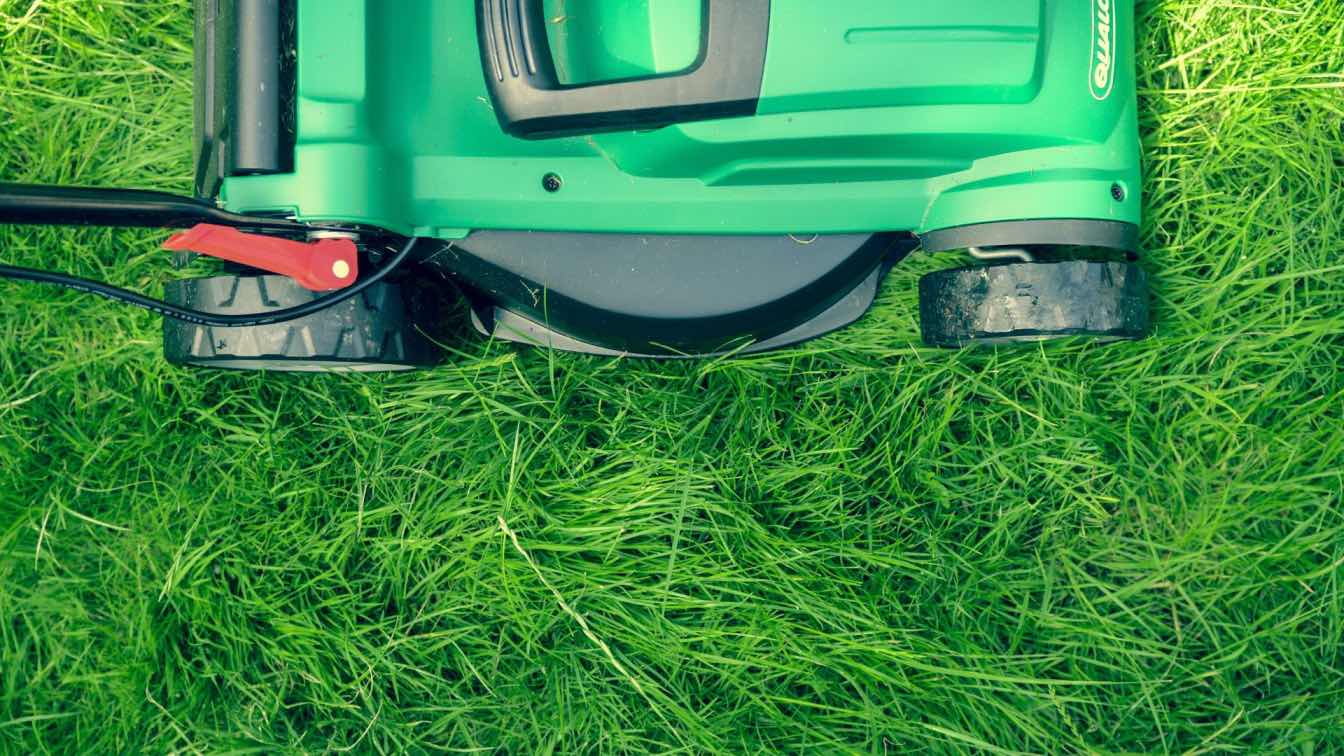A lush, green lawn is the envy of many homeowners. It not only adds to the beauty of your property but also creates a welcoming outdoor space for relaxation and entertainment. Achieving and maintaining such a lawn, however, requires more than just regular watering and mowing. To truly maximize your lawn's potential, you need top-notch machinery that can help you tackle various tasks efficiently and effectively.
In this guide, we'll explore the essential machinery every lawn enthusiast should have in their arsenal, from mowers and trimmers to aerators and dethatchers. We'll discuss their functions, benefits, and how they contribute to the overall health and appearance of your lawn.
Lawn Mowers: The Backbone of Lawn Care
A high-quality lawn mower is essential for maintaining your grass at the optimal height, with various types available to suit different lawn sizes and terrains. Push lawn mowers, ideal for small to medium-sized lawns, require manual operation and are environmentally friendly, offering relatively easy maintenance. Riding mowers, designed for larger areas, feature seats for operators and can be powered by gasoline or electricity, providing convenience for mowing extensive areas. Zero-turn mowers, known for their maneuverability, are perfect for lawns with intricate landscapes or tight spaces, thanks to their ability to make quick turns and navigate obstacles easily. Robotic mowers represent the latest innovation, operating autonomously without human intervention using sensors for navigation and programmed schedules, offering a hands-free mowing experience.
Trimmers and Edgers: Refining the Edges
While mowers handle the main areas of your lawn, trimmers, and edgers are essential for refining the edges and hard-to-reach areas:
String Trimmers: Also known as weed eaters or weed whackers, string trimmers use a rotating nylon string to cut grass and weeds in areas where mowers cannot reach, such as along fences, trees, and flower beds.
Edgers: Edgers create clean, defined edges along sidewalks, driveways, and flower beds. They have a vertical blade that cuts through grass and creates a neat boundary between the lawn and other surfaces.
Aerators: Promoting Healthy Growth
Aerating your lawn is crucial for promoting healthy root growth and improving soil structure. Aerators come in two main types:
Plug Aerators: These machines remove small plugs of soil from the lawn, allowing air, water, and nutrients to penetrate deep into the root zone. This process relieves soil compaction and enhances root development.
Spike Aerators: Spike aerators use spikes or tines to create holes in the soil without removing cores. While they are less effective than plug aerators in relieving compaction, they can still improve soil aeration and drainage.
Regular aeration is especially beneficial for lawns that experience heavy foot traffic or have compacted soil due to clay or heavy use of machinery.
Dethatchers: Removing Excess Thatch
Thatch is a layer of dead grass, roots, and debris that accumulates between the soil and the grass blades. Excessive thatch can hinder water, air, and nutrient penetration, leading to a weakened lawn. Dethatchers, also known as verticutters or power rakes, are designed to remove thatch and promote a healthier lawn:
Vertical Dethatchers: These machines use vertical blades to cut through the thatch and lift it to the surface, where it can be collected and removed. Vertical dethatching is recommended for lawns with thick thatch layers.
Horizontal Dethatchers: Horizontal dethatchers, also known as power rakes, use horizontal blades to slice through the thatch and loosen it from the soil. They are effective for maintaining lawns with moderate thatch buildup.
Regular dethatching, typically done once or twice a year, helps prevent thatch accumulation and allows nutrients to reach the grass roots more effectively.
Sprayers and Spreaders: Applying Treatments Efficiently
To maintain a healthy and vibrant lawn, you may need to apply fertilizers, herbicides, pesticides, and other treatments. Sprayers and spreaders are essential for applying these products efficiently and evenly:
Sprayers: Sprayers are used to apply liquid treatments such as fertilizers, herbicides, and insecticides. They come in handheld, backpack, and tow-behind models, allowing you to choose the most suitable option based on your lawn size and treatment needs.
Spreaders: Spreaders are used to distribute granular products such as fertilizers, seeds, and weed control products. They come in broadcast and drop spreader designs, with adjustable settings to control the spread rate and coverage area.
Choosing the right sprayer or spreader ensures that your treatments are applied accurately and effectively, minimizing waste and maximizing results.
Maintaining a healthy and beautiful lawn requires dedication, effort, and the right tools. By investing in top-notch machinery such as mowers, trimmers, aerators, dethatchers, sprayers, and spreaders, you can maximize your lawn's potential and enjoy a lush, vibrant outdoor space year-round. Whether you're a seasoned lawn enthusiast or just starting, having the right equipment makes all the difference in achieving lawn perfection.
Remember to follow manufacturer guidelines for maintenance, operation, and safety when using lawn machinery. Regular maintenance, sharpening blades, and proper storage will prolong the lifespan of your equipment and ensure optimal performance.
With the right machinery and care regimen, your lawn can become the envy of the neighborhood—a testament to your commitment to quality and beauty in outdoor living.





